While NASA’s Landsat 9 satellite was capturing images of one of California’s largest lakes, Clear Lake, it made an unexpected but important discovery.
The lake had turned bright green in color and was clearly visible from space. However, the satellite images revealed that this green color in the lake is possibly due to an algae bloom.
Clear Lake Is Popular With Boaters and Swimmers

Clear Lake is one of the oldest lakes in California. It is located 60 miles north of San Francisco Bay and is most commonly used for boating, swimming and fishing.
However, due to the dangers this algae bloom poses to humans, it is unlikely that these activities will be carried out over the next few weeks while the algae is treated and removed.
The Lake Is An Essential Freshwater Basin
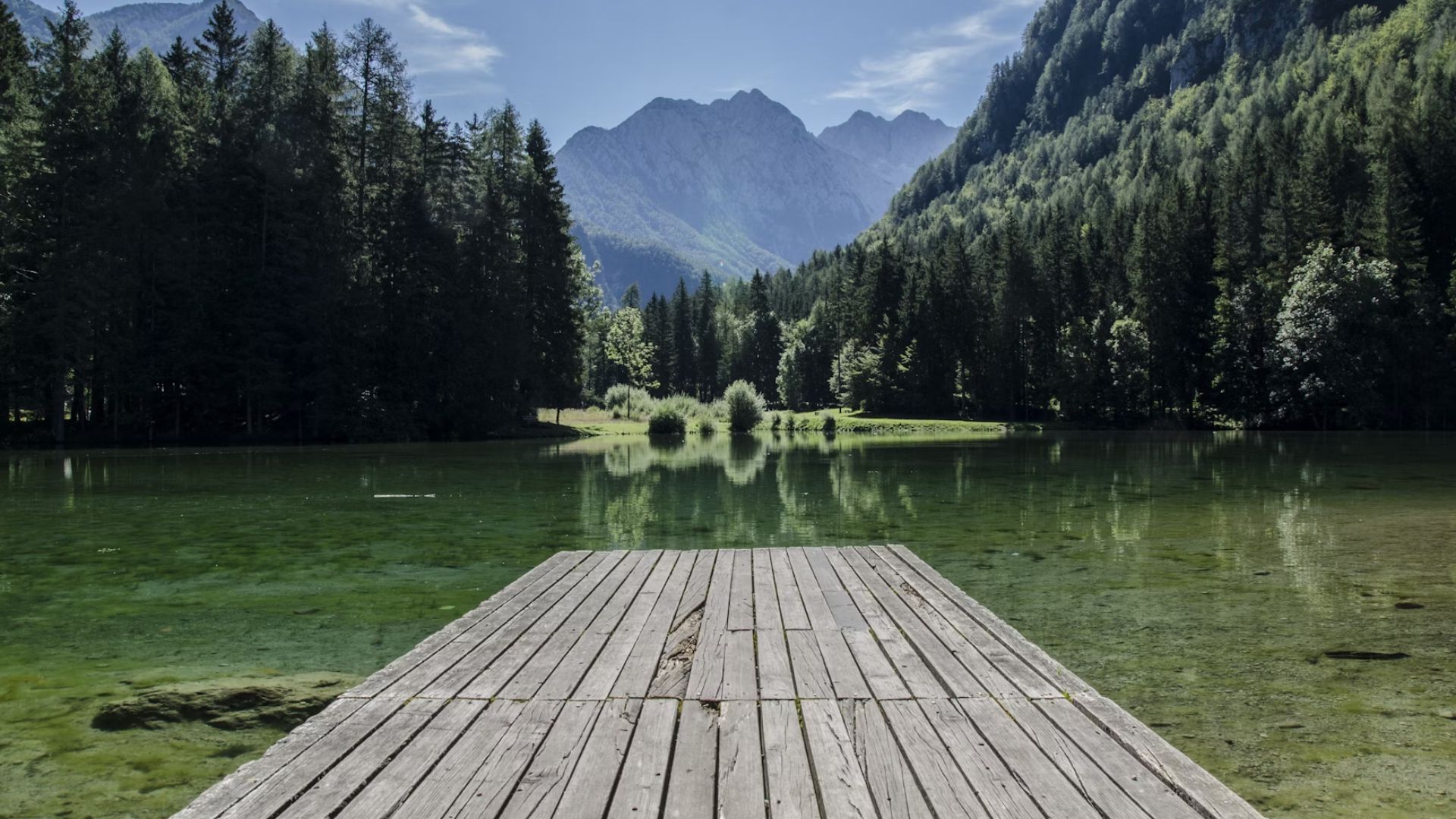
Ales Krivec/Unsplash
Clear Lake is not just the site of popular vacation activities like boating, swimming, and fishing. It has rich historical and archaeological significance.
Archaeological evidence suggests that humans have lived around the lake for at least 12,000 years. For a similar amount of time, there has also been evidence of large algae populations. It is also California’s largest freshwater lake.
Clear Lake Supports Wildlife Systems

One important aspect of Clearlake is its support of wildlife systems. At 500,000 years old, it has supported these systems for that time but now poses a danger to them.
The wildlife supported includes large populations of fish and various species of birds, including ducks, pelicans and bald eagles. However, some of these (fish in particular) have been found dead due to the water’s algae.
Clear Lake Is An Important Place For Certain Species

The ecosystem at Clear Lake is vast and fragile. The findings of dead animals due to low oxygen levels are concerning both on an environmental and a recreational level.
Clear Lake is known as the ‘bass capital of the West’, used frequently for bass fishing. At this point in time, fishers are still enjoying generous catches of between 10 and 15 basses a day.
Officials Say The Extent Of The Issue Has Been Misrepresented

According to The Press Democrat, Lake County officials and locals alike say that the satellite image of the algae-covered lake misrepresents the extent of the water quality issue.
Environmental director for the Big Valley Band of Pomo Indians, Sarah Ryan, said that the presence of cyanobacteria does not automatically mean there are toxins in the water. Others said that the middle of the main body of water is very clear.
Algae Causes Low Oxygen Levels
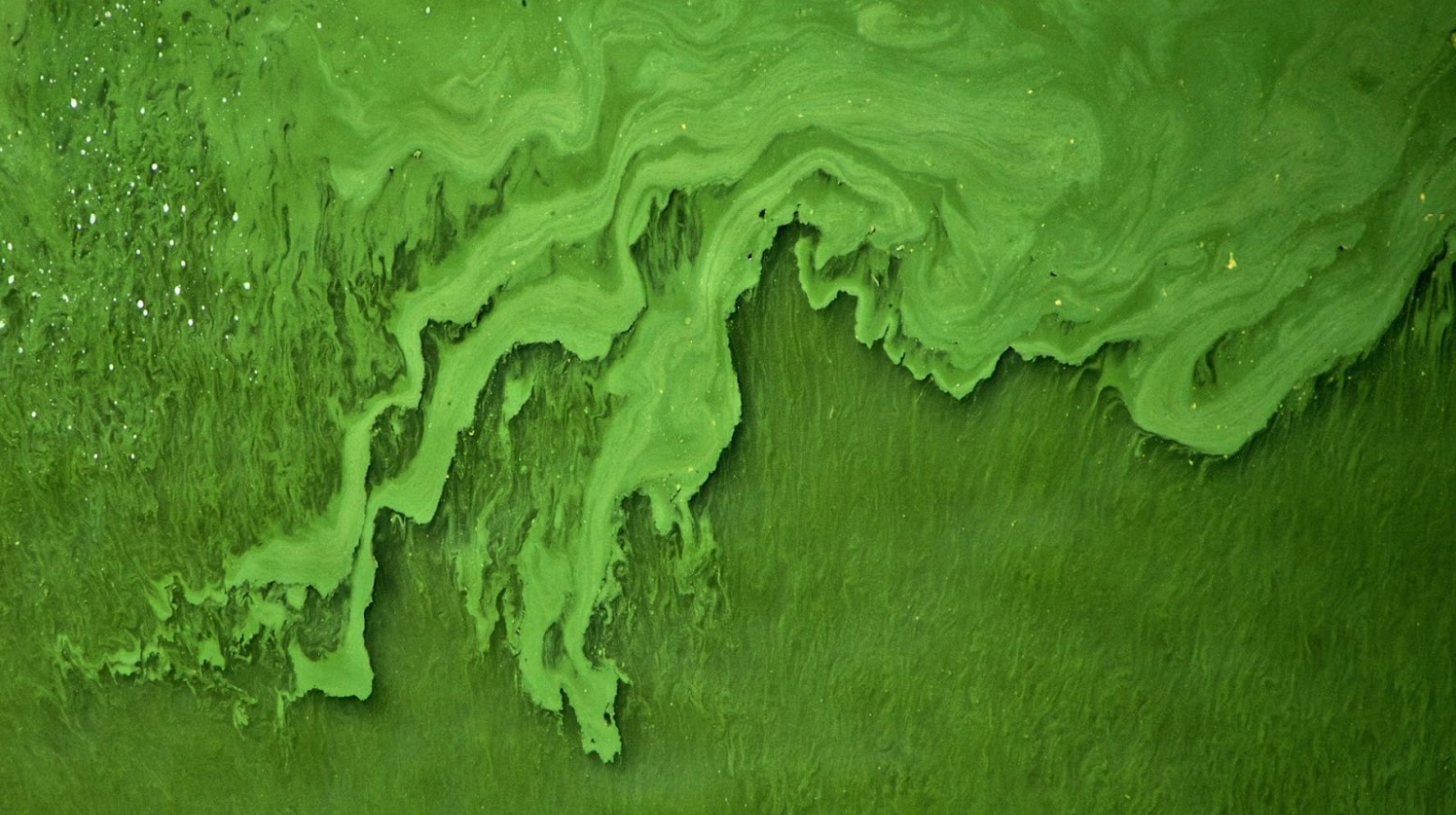
One reason wildlife dies in these waters is the toxins the algae produces. The algae also causes low oxygen levels in the water, leaving wildlife unable to breathe.
This highlights serious environmental challenges regarding climate change and nutrient pollution, especially as warm temperatures cause algae to grow.
The Algae Has Become More Common With Human Activity
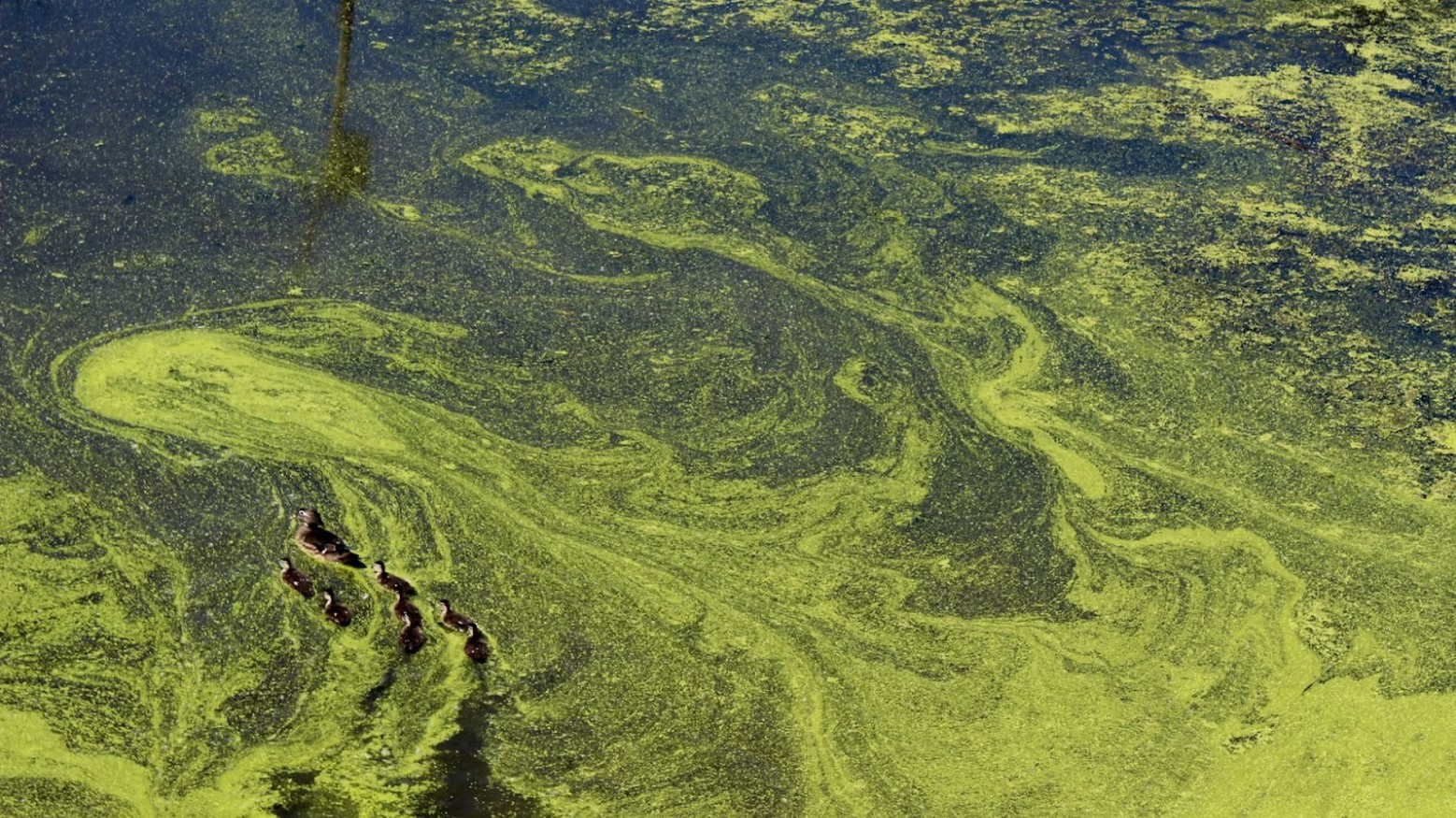
Blue-green algae, known as cyanobacteria, has been somewhat common throughout Clear Lake’s very long history. However, due to human activity, it has become increasingly common over the last century.
This algae can come from runoff from nearby farms, vineyards, faulty septic systems, gravel mines, an abandoned open pit from a mercury mine or a non-native carp that has stirred up nutrients in the sediment of the lake’s bed.
Algae Typically Blooms During Summer Months
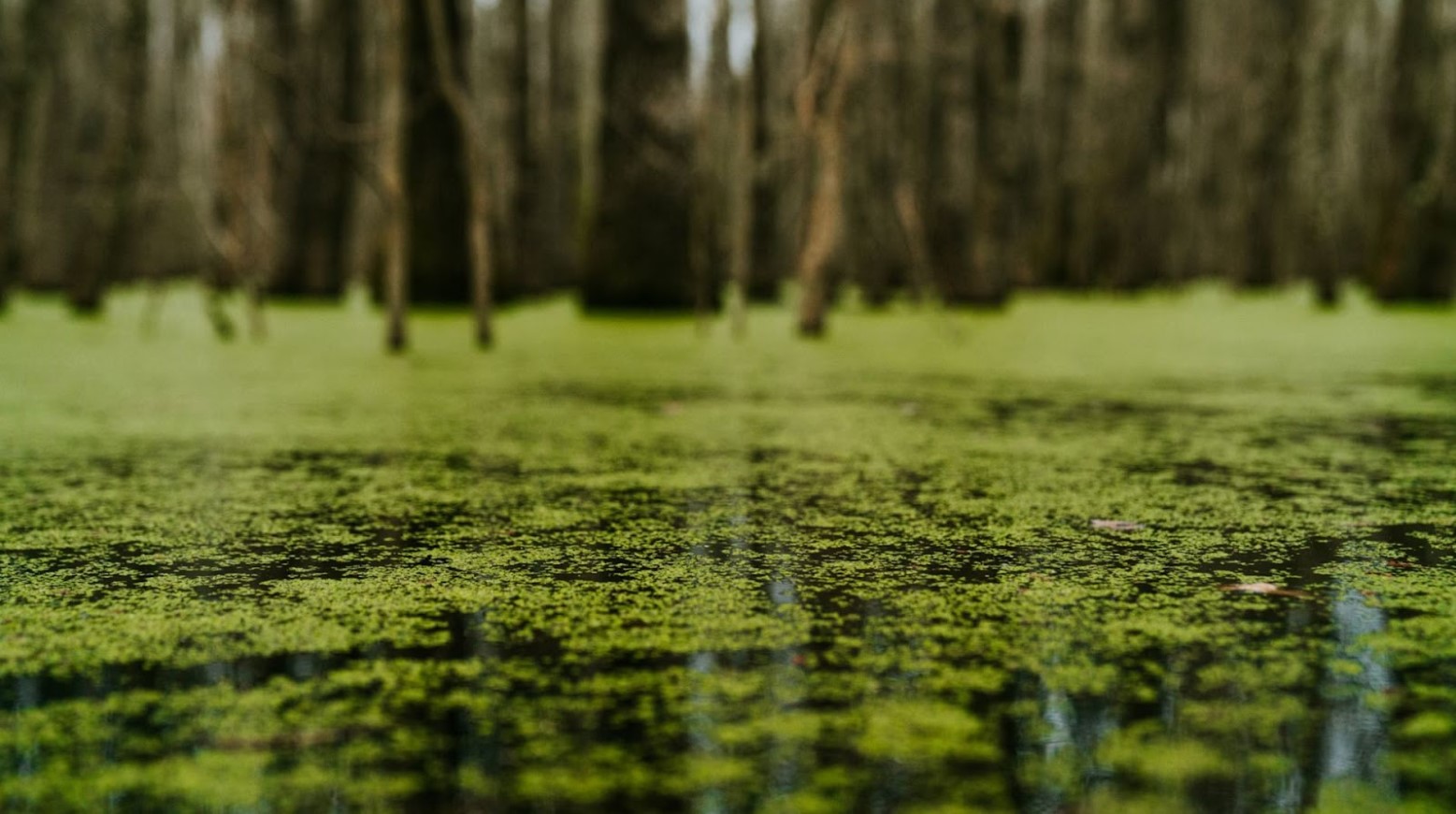
Algae need warm weather to thrive and typically bloom during the summer months. This is something that has happened throughout Clear Lake’s history.
However, as this bloom happened just before the summer months, it is the earliest it has happened and at one of the worst levels ever recorded. It is likely a result of warmer weather outside of the summer months due to climate change.
The Harmful Impact of Algae Blooms

There are several effects that algae blooms can have on people, many of which are harmful, and this is why all activities in the lake have been banned until the problem has been resolved.
Some species of cyanobacteria release toxins that can damage the liver. Contact with the algae can cause various symptoms, such as headaches, eye irritation and wheezing.
Contact With Algae Can Cause Serious Illness
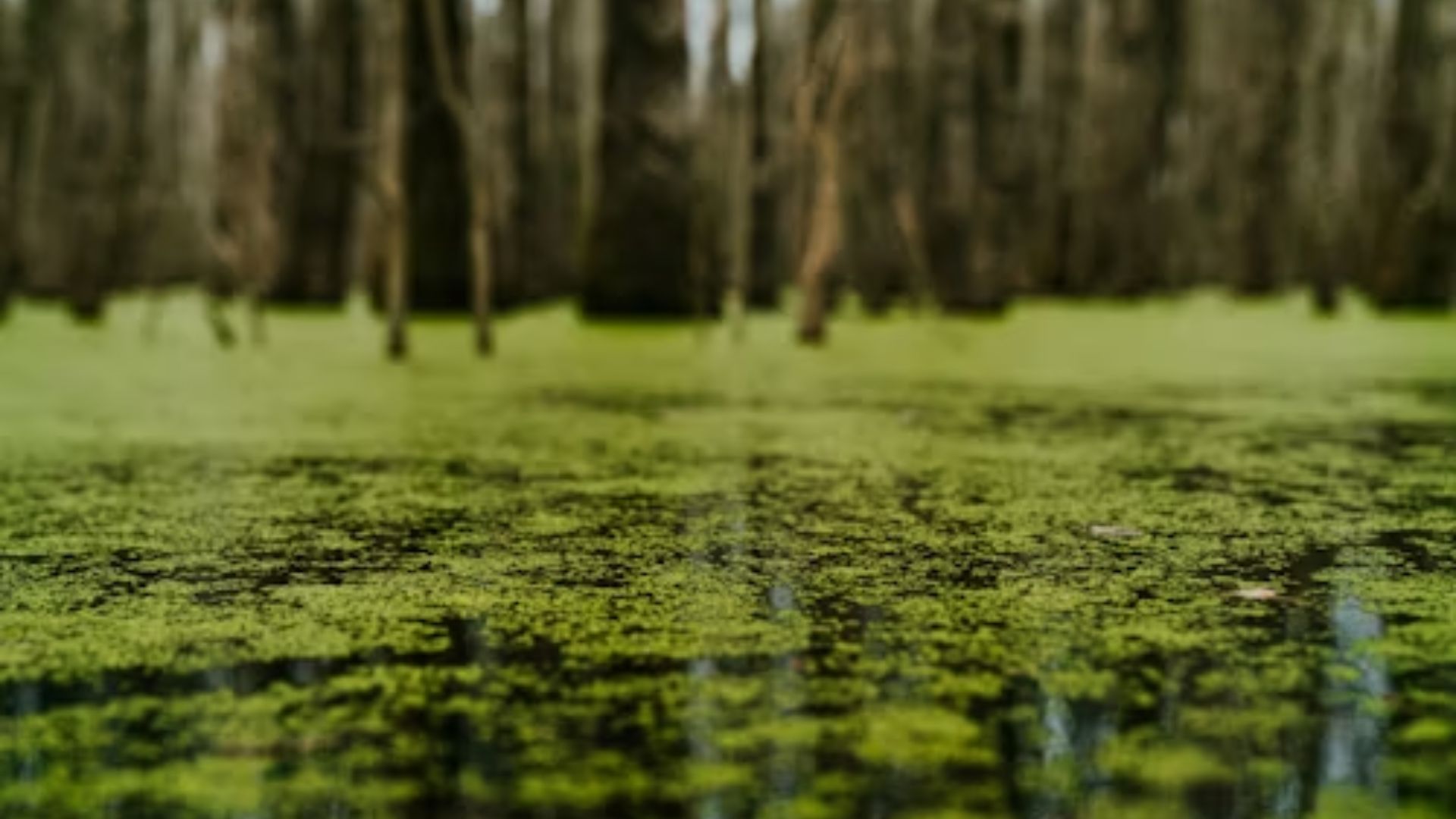
The effects of exposure to cyanotoxins on a person’s health can range from a mild skin rash to serious illnesses.
Some cyanotoxins cause a fever, headaches, vomiting, and bloody diarrhea. Others can cause numbness, drowsiness, paralysis, blistering around the mouth, pneumonia, and even death. The importance of preventing exposure of algae to Clear Lake visitors and residents cannot be overstated.
The Cost of Algae Blooms
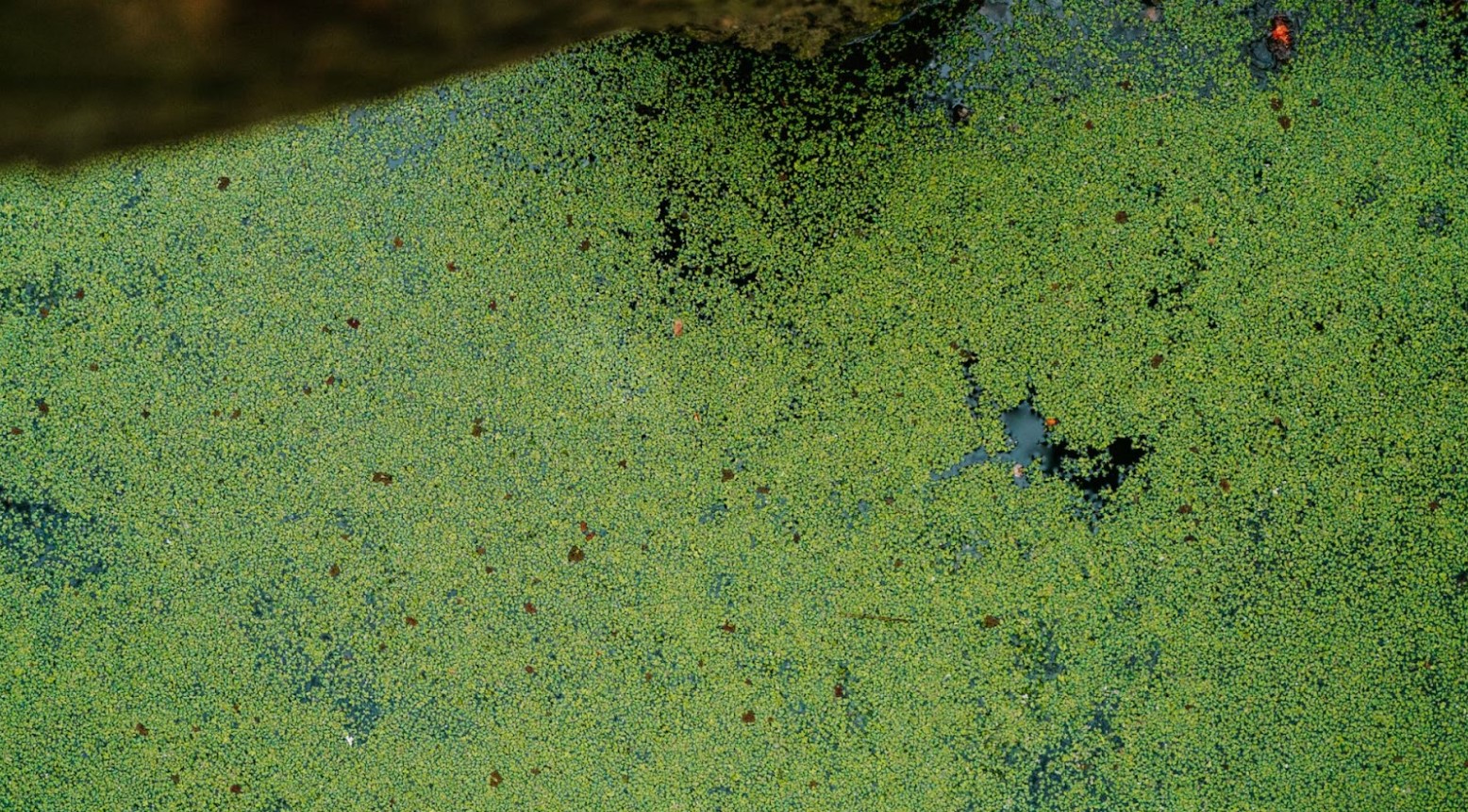
The cost to health isn’t the only thing to worry about with these algae blooms. There is also a cost to the rest of the nation’s economy to deal with them. This cost is upward of $50 million annually.
This includes costs related to health, fisheries, recreation, tourism and monitoring. As around 1,200 lakes and rising in the U.S. have this algae, this cost is only expected to increase over the next few years.
Tourism Has Taken A Hit In Lake County

Federico Giampieri/Unsplash
The release of the NASA image has brought a huge blow to summer tourism. Executive director of the Lake County Tourism Improvement District, Brian Fisher, said “no amount of marketing can undo” the damage caused.
“It’s a sensational photo in June – June 1, thank you very much,” Fisher said to The Press Democrat. “We’re just a little county. We’re small. There’s no way to counter that kind of brand tarnish,” he said.
Testing Algae at Clear Lake

The Big Valley Band of Pomo Indians has been testing water since 2014. As part of the water testing, they know which times of year the algae is likely to be more prevalent.
This is the earliest time of year in the last decade when algae bloomed. At this time, the water has turned the typical bright green, but it is also among the worst bloomings of algae that Clear Lake has seen.
New Collaborations Have Been Reached To Protect Clear Lake

The need to improve Clear Lakes water quality is urgent. Collaboration across different organizations is on the rise to solve this problem.
California State Parks and the Big Valley Band of Pomo Indians of the Big Valley Rancheria have signed a memorandum of understanding for Clear Lake State Park in the tribe’s traditional territory. Restoration of the Clear Lake Park is part of that cooperation to acknowledge the importance of the land to the Pomo Indians.
The Algae Bloom Grew Rapidly in a Week
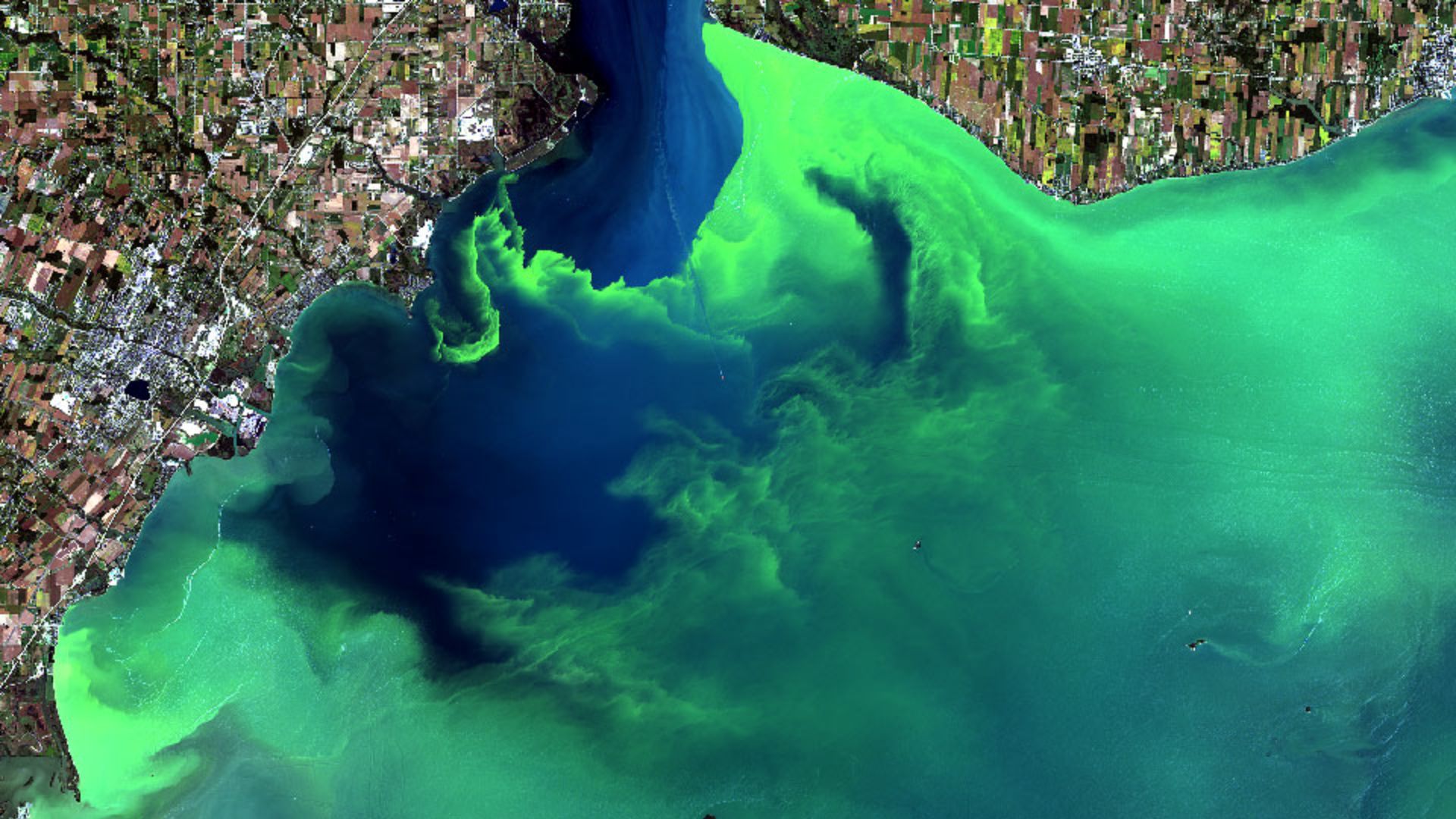
The lake’s toxicity levels were initially measured on May 8, just one week before the NASA images showed how green the water was. At this point, no bloom was shown.
The lake was also compared to the same time in 2023. The results were quite clear, as was the water in 2023, whereas the water in 2024 was bright green.
A Water Quality Analysis Tool Was Used
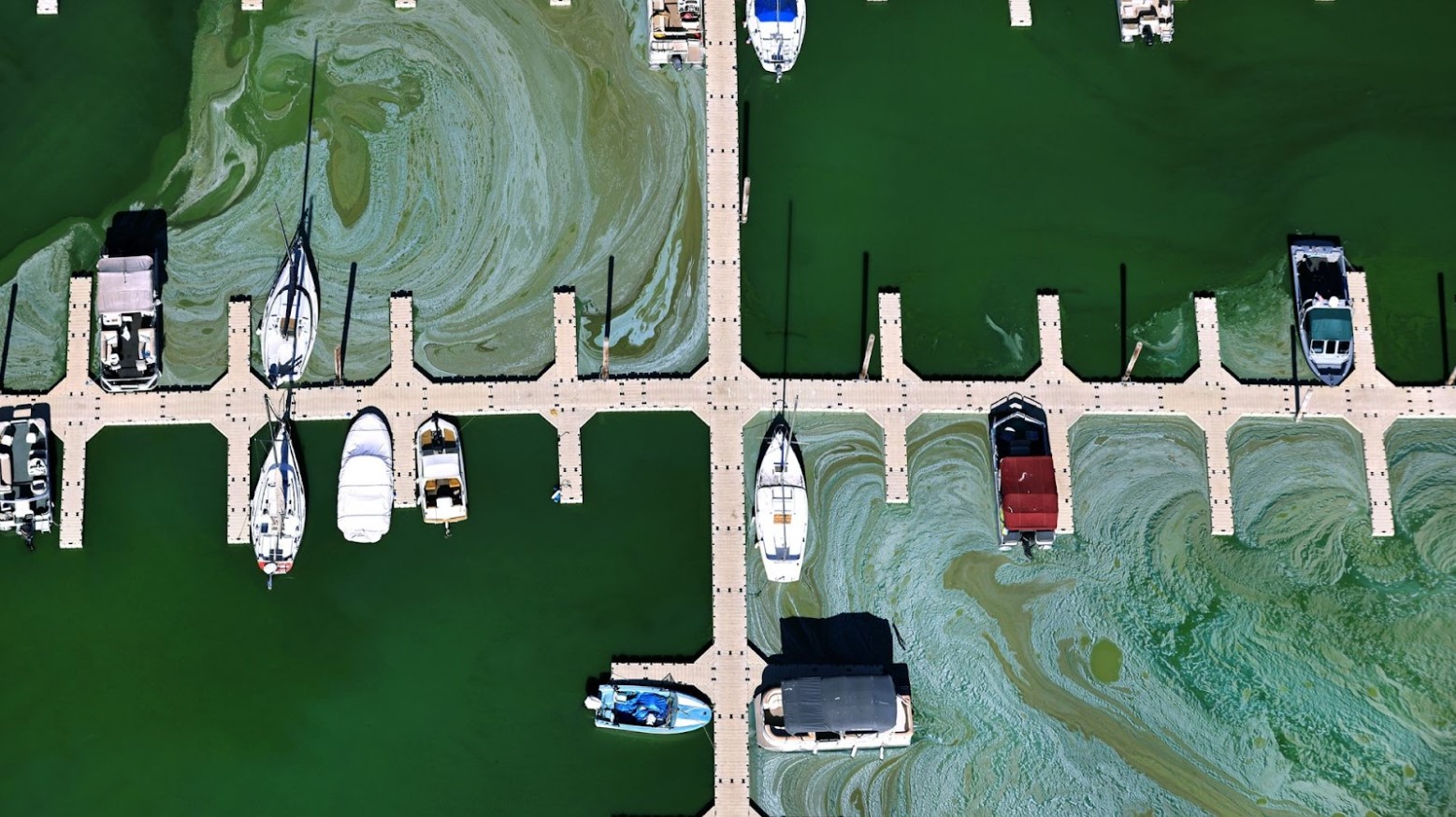
Initial tests were carried out on the water using a water quality analysis tool. The tool showed levels of chlorophyll-a, a sunlight-harvesting pigment in plants and phytoplankton, along with an index estimating cyanobacteria concentration that increased throughout early May.
These estimates were calculated using an ocean color instrument on Sentinel-3. The NOAA National Ocean Service also used additional processing, which showed that the water levels had reached their highest in May.
Testing Needs to Be Done on the Algae

As phytoplankton were also found within the water, further testing must be done to establish what types of bacteria are in Clear Lake.
Once this testing has been completed, it will be known exactly how the water can be treated to get rid of the algae and phytoplankton, with hopes that it doesn’t cause as much of an issue in the future.
Water Quality Is A Fundamental Part Of Life

Algae blooms are an environmental problem that cannot be isolated from the quality of life of residents and visitors.
Communities on social media have come together to follow the progress of water quality checks. On the Clear Lake Water Quality Facebook page, one commenter said: “Water quality is also a measure of quality of life for the people who live in Lake County.”
There Have Been Big Problem At This Lake Before
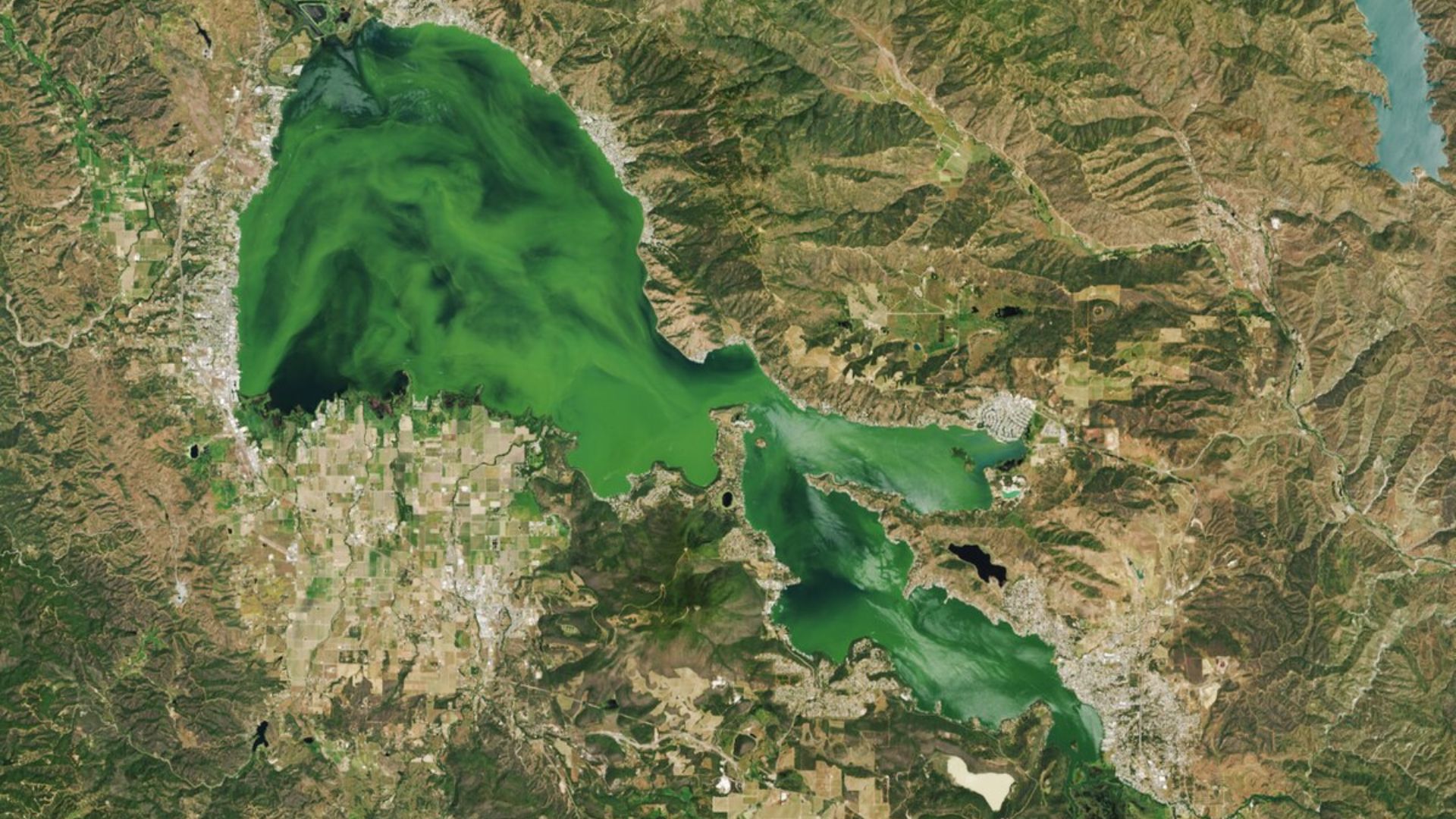
This is not the only time that Clear Lake has had problems surrounding algae blooms. In 2021 during a severe drought, toxin levels drastically increased.
In some cases, the toxin levels were 200,000 times the level that would have been safe. According to Ryan, there were points where the stench of an algae bloom that was decaying was extreme.
How Does Climate Change Affect Algae Blooms?
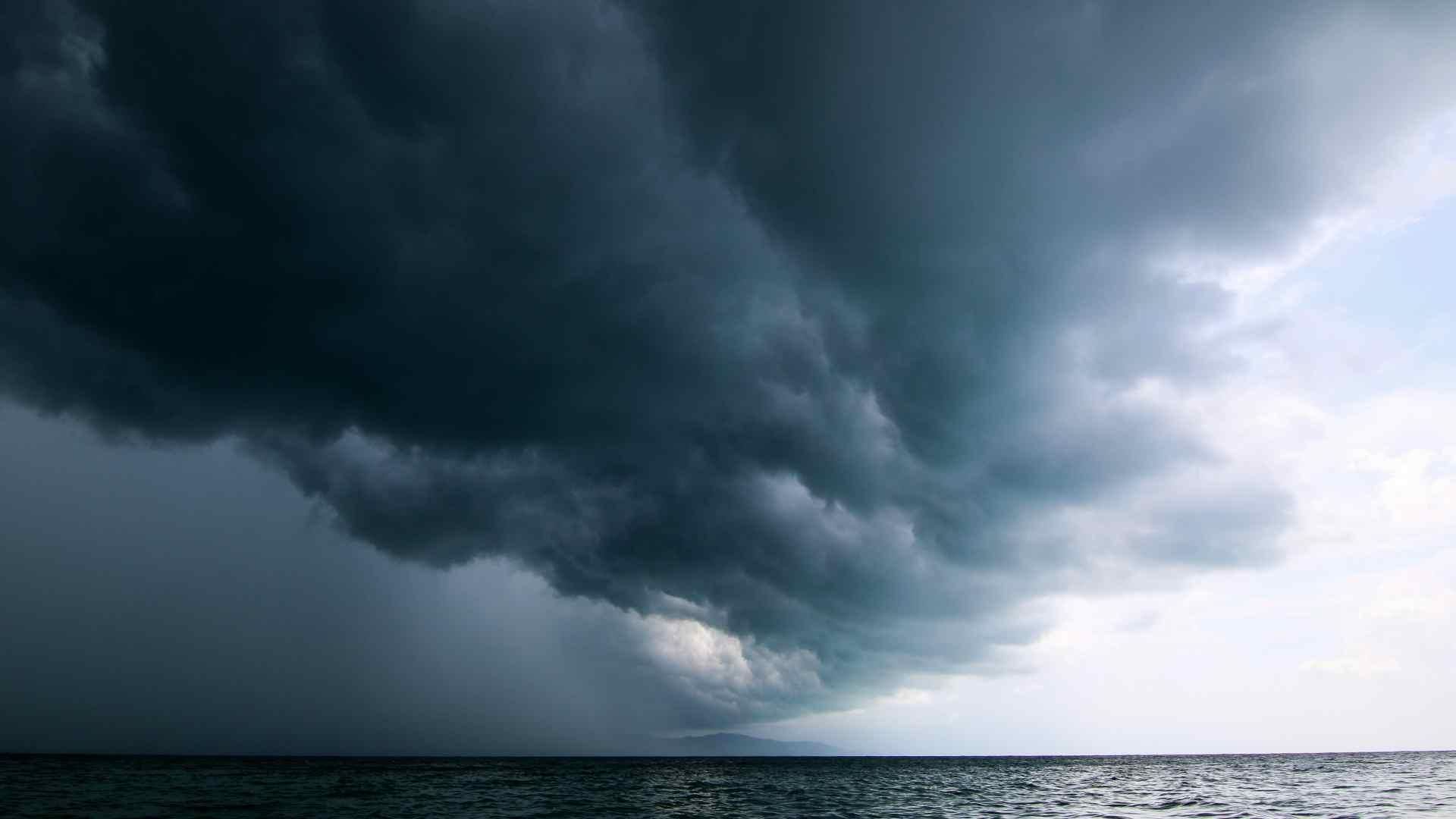
According to the Environmental Protection Agency (EPA), global warming creates higher water temperatures. This higher-temperature water combines with runoff from more frequent storms that occur as a result of climate change.
These two factors work together to deliver more nutrients to the algae, causing them to bloom more intensely and more often.
Why Are Water Temperatures Rising?

Water temperatures rise in response to higher air temperatures in the atmosphere. Under the theory of global warming, warm air that would normally escape Earth’s atmosphere becomes trapped by “greenhouse gases” like carbon dioxide.
Since this air has nowhere to go, it becomes reintegrated into Earth’s weather systems and is eventually transferred into the ocean.
Affecting Water Quality

The effects of global warming, and in this particular case increased algae blooms, can harm water quality. As stormwater mixes with cleaner water sources, it can become harmful to drink.
Individuals with respiratory conditions must be extremely careful when drinking possible algae-contaminated water to avoid the toxins inflaming their condition.
Algae and Asthma

A study published by Environmental Health Perspective (EHP) researched how airborne toxins from algae can trigger symptoms of asthma in humans.
“Adverse health effects from harmful algal blooms have most frequently been linked to eating fish or shellfish that have accumulated algal toxins. However, people have also suffered asthma-like symptoms after inhaling minute amounts of algal toxins that were aerosolized by waves,” said the study.
Sea Sick Lungs
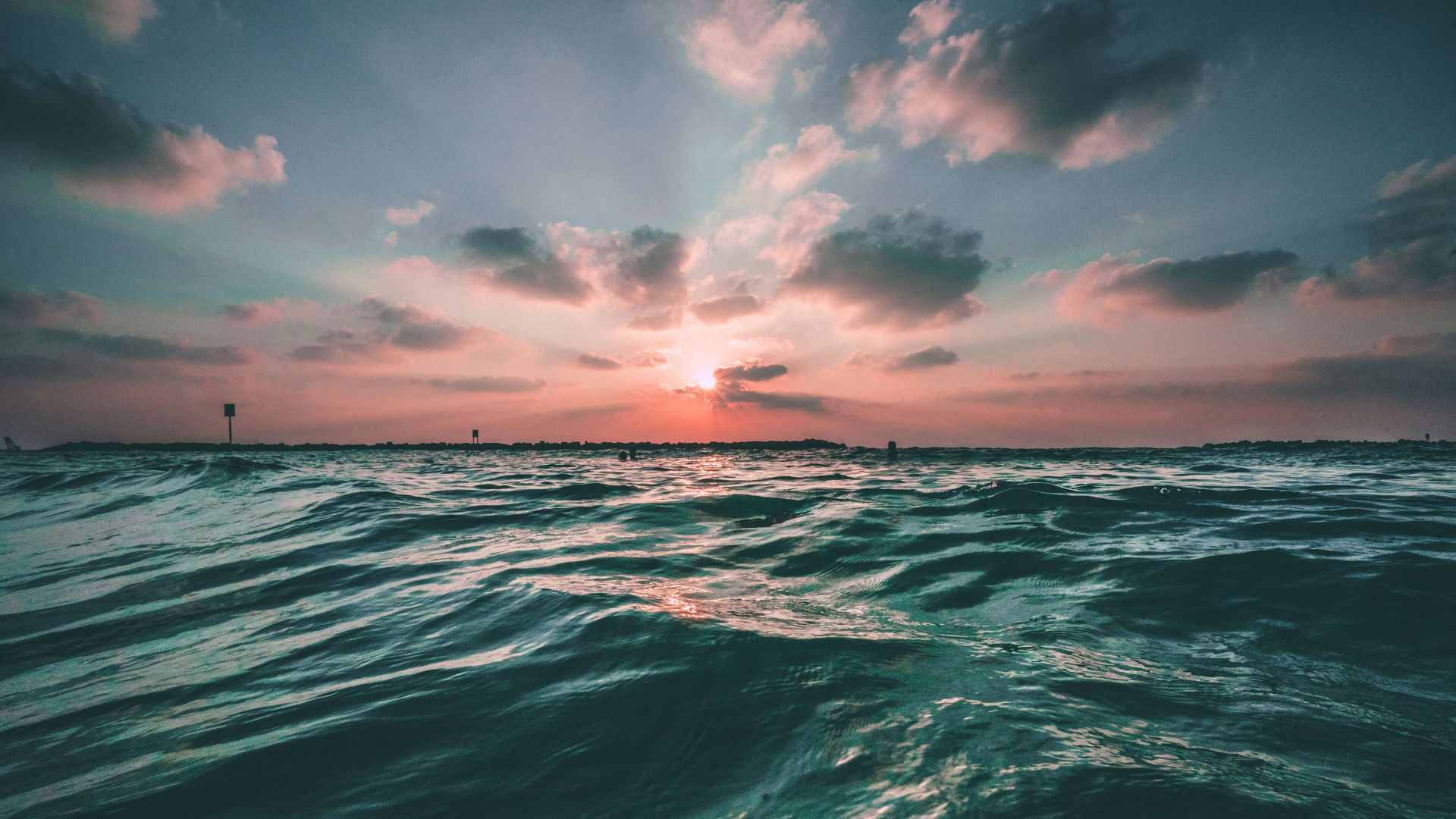
The phenomenon of algae-induced asthma is termed “sea-sick lungs” and the study focused on examining an algae bloom colloquially known as Florida’s “red tide.”
Red tide algae contain multiple types of brevetoxins that can cause symptoms like “numbness, tingling, and gastrointestinal distress.” Persons exposed to aerosolized brevetoxins may suffer “shortness of breath, sneezing, and other allergy- and asthma-like symptoms. Persons with preexisting airway disease appear most likely to be affected.”
Using Sheep

The EHP study utilized sheep to serve as surrogates for respiratory-compromised people and those with asthma-like symptoms.
“To study airborne toxin exposure in a more controlled setting, the research team used a sheep model of asthma. The sheep model used is naturally sensitive to an antigen derived from the roundworm Ascaris suum, developing asthma-like symptoms (such as airway constriction) when exposed to this antigen. The sheep therefore can serve as surrogates for persons with asthma,” said the study.
Unique Microbe
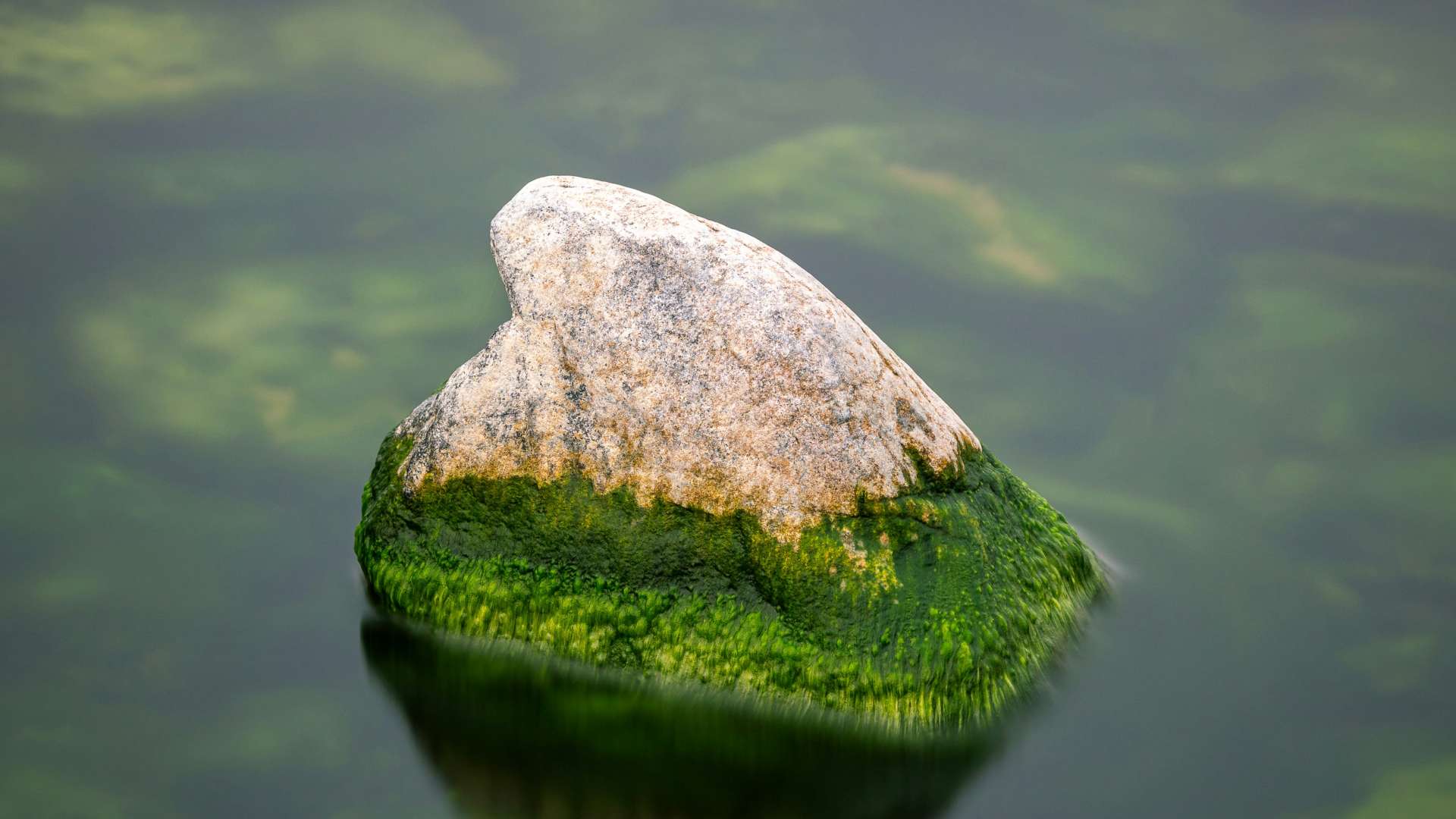
In 2005, researchers discovered unique blue-green algae living in California’s Salton Sea, another giant California lake, that uses near-infrared light for photosynthesis.
“This new strain of Acaryochloris is unique because it is able to live on its own,” said UO biology professor Michelle Wood.
History Repeats
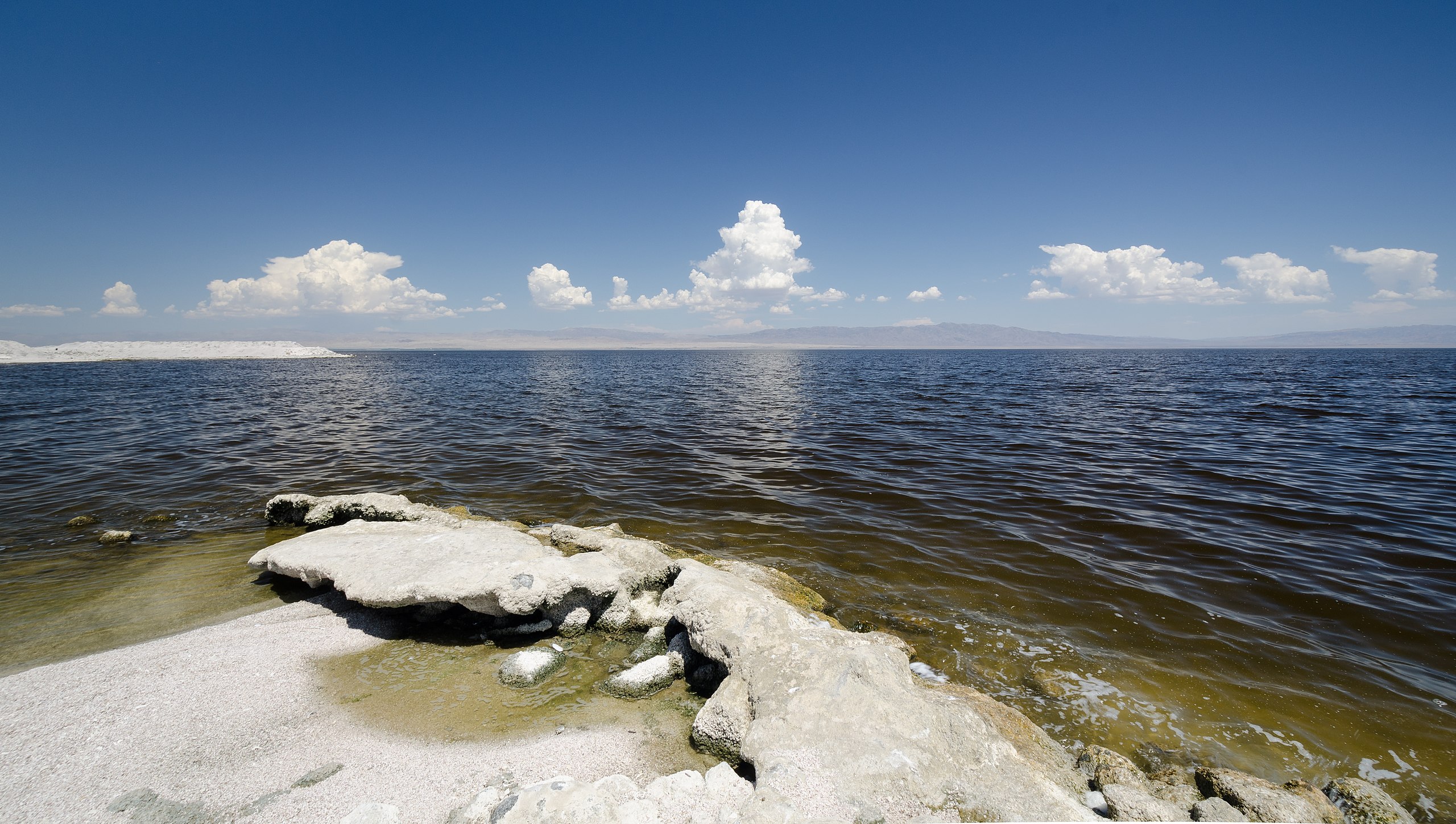
In 2021, CNBC reported that the toxic fumes from the Salton Sea had become an environmental disaster that turned the once popular tourist spot into a ghost town.
At the time, the article warned that the fate of the Salton Sea could be a preview of what will happen in other communities across the western U.S. as water supplies become less predictable with climate change.
Shrinking Water

The city near the Salton Sea saw many of its homes demolished or unfinished as a result of shrinking water resources at the lake due to climate change. Toxins from algae blooms also contributed to the lake’s decline.
“People here used to fish, swim, bring their boats,” said Frank Ruiz, Audubon’s Salton Sea Program Director, as he stood by a crumbling dock on land that once held water. “They went from living in paradise to living in hell.”
Development Of The Shore Partially Caused This Buildup

Despite claims from residents and local business owners that the satellite image blew the algae problem out of proportion, lakeshore development has exacerbated the issue.
Angela De Palma-Dow, an invasive species coordinator for Lake County, said the lake is now “out of balance” because building tourist activities around the lake has destroyed the wetland plants that rimmed the lake, such as tule and bulrushes. These plants were a natural filter for the water.
Avoid Water Contact

Also in 2021, the California State Water Resources Control Board issued guidance advising people and their pets to avoid water contact at the Salton Sea Lake.
“A warning for people and their dogs to avoid water contact in the Salton Sea has been issued after the detection of Harmful Algal Blooms at numerous sites and the recent report of a dog that died soon after a swimming excursion…The confirmed presence of HABs around the Salton Sea indicates the blooms contain varieties of toxic cyanobacteria,” said the guidance.
Californians Have Been Warned About Contaminated Water

With the summer vacation in full swing, tourists need to be careful around Clear Lake. Public health officials issued yet another warning to residents in May this year warning visitors to keep their pets away from the lake and to stay away from water.
The Press Democrat, a local newspaper, advised residents and tourists alike to avoid water “that appears discolored, has scum layers, or emits a foul odor.”
What is Cyanobacteria?
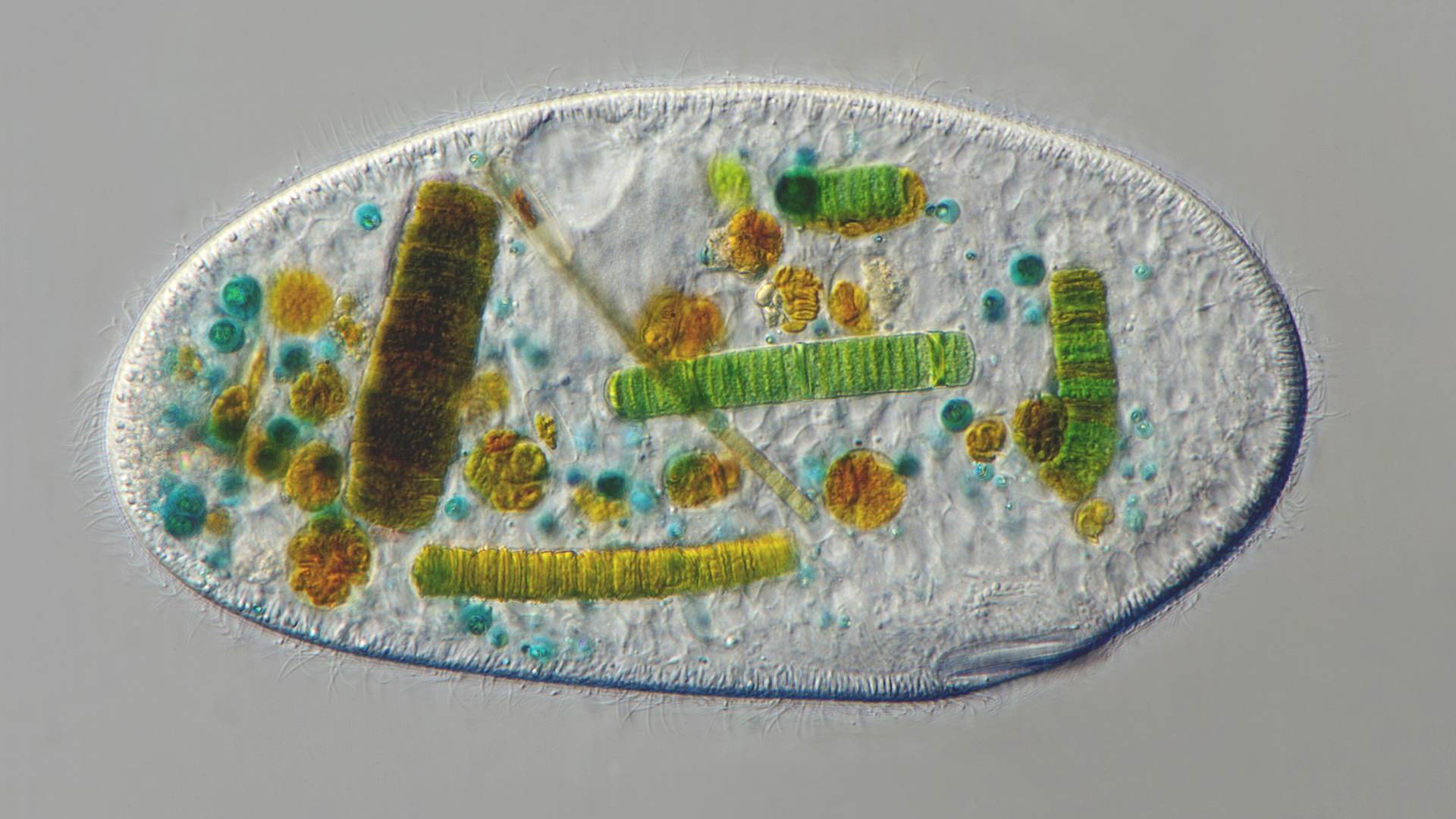
Cyanobacteria is the technical term for blue-green algae that share some similarities with plants. These bacteria are responsible for the toxic algae blooms that contaminate water in places like Salton Sea Lake and Clear Lake.
Some species of cyanobacteria are unique because they can regulate their own buoyancy levels, allowing them to rise to the surface to form thick surface scum. This property, along with greater cyanobacteria levels, might be what allowed the recent algae bloom at Clear Lake to be observed from space.
Continued Threat

The most recent data on climate change from the National Oceanic and Atmospheric Administration (NOAA) shows that the combined land and ocean temperature metric is continuing to increase at a rate three times as fast as it was in 1982.
As global temperatures continue to increase, it will no doubt lead to more frequent and destructive algae blooms that will threaten America’s water resources for years to come.
Some Locals Are Unphased By The Algae

In spite of the satellite image and the decrease in tourism for the summer due to fears of toxins in the water, some local residents remain undisturbed and will continue their summer vacation swimming in the lake.
Sherie Littleton, a Kelseyville resident with two daughter playing at the edge of the beach at Clear Lake, told The Press Democrat: “I wouldn’t let my daughters in the lake if it was a big problem.”
What Solutions Are There For Clear Lake?
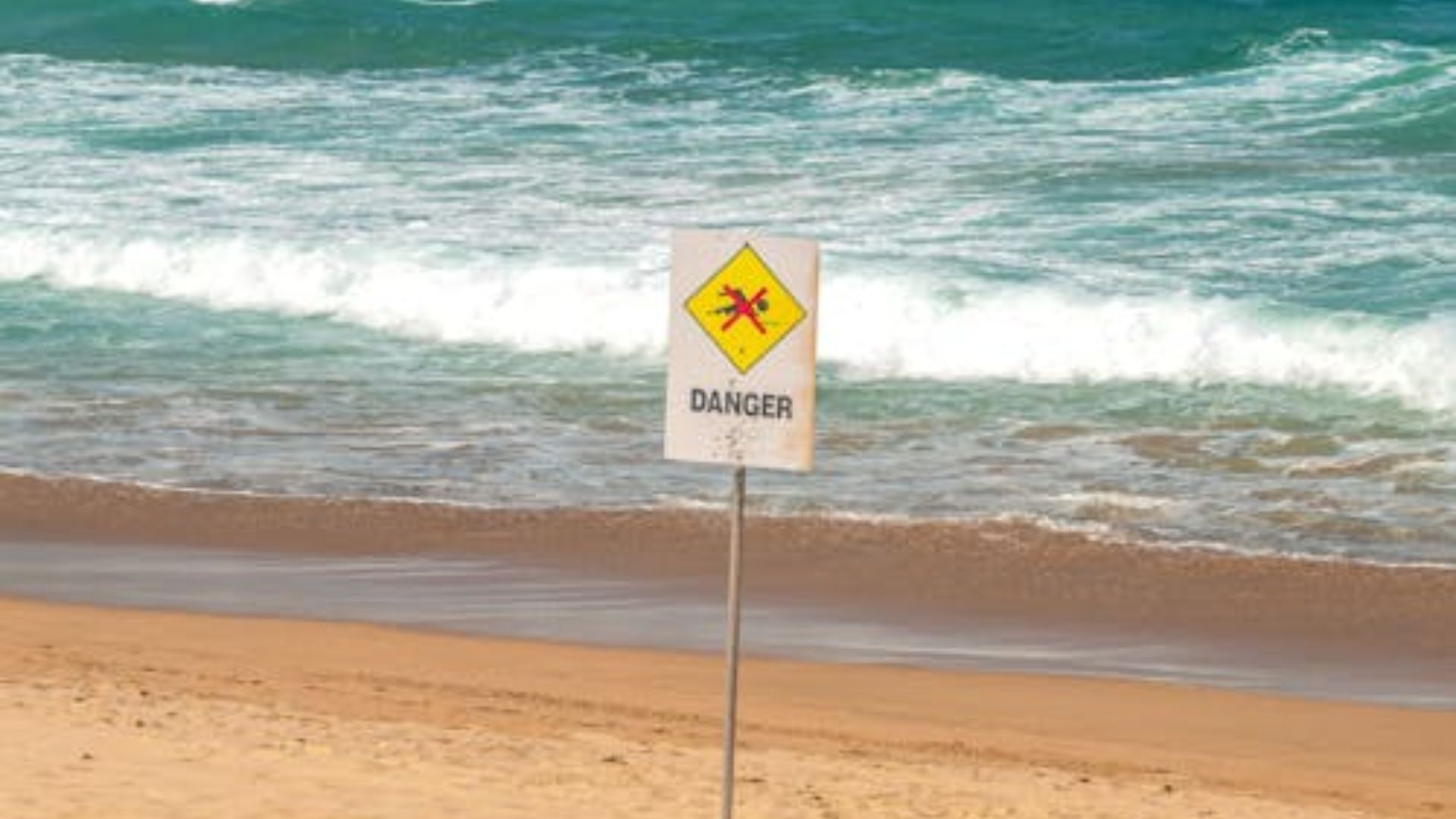
There is no quick fix for algal blooms, especially at the magnitudes that Clear Lake can reach in the summertime.
The most that the Big Valley water quality testing initiative has been able to do is educate the public on what unsafe water looks like. The initiative discourages people from drinking or bathing in water that looks like spilled paint, has surface scum, film, or mats of green-blue, or emits a foul odor.
